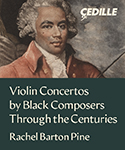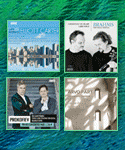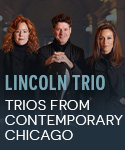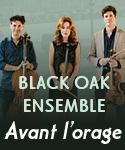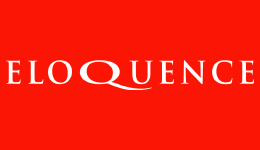This performance of Bach’s Art of Fugue is an analog recording originally released in 1986. It was first digitally mastered and offered on CD in 1988, then was re-mastered in 2001 and paired with a new recording of Bach’s Musical Offering as part of Alia Vox’s boxed-set edition “The Testament of Bach”. Now the performance has again been re-mastered as a full SACD multi-channel hybrid, and it has much in common with its companion Musical Offering recorded 14 years later and also directed by Jordi Savall (with his ensemble Le Concerts de Nations). In his very favorable review of the Musical Offering (type Q4328 in Search Reviews), colleague Dan Davis noted how Savall’s unique arrangement of the movements augments the performance’s overall impact by forming a structurally sound symmetrical “arch” from beginning to end. Here Savall similarly rethinks the structural possibilities of the work, though his organizational choices function primarily as a means to enrich the impression of the fugues’ varied sonorities and contrapuntal textures. Tempos also are generally very reserved, reminiscent of Davis’ description of those in the Musical Offering as “startling in their slowness”.
However, when compared to the only other period-instrument chamber performance of the Art of Fugue that also incorporates both winds and strings (Rinaldo Alessandrini and Concerto Italiano on Opus 111; type Q54 in review search), Savall’s vision seems even more curiously focused. For instance, not only is the use of keyboard continuo eschewed, but Savall also structures the ensemble groupings more rigidly, distinctly separating the winds and strings in non-tutti movements. This, combined with Savall’s inordinately slow tempos heightens the work’s sense of grandeur, making Bach’s architectural elements seem more powerfully deliberate. Alessandrini takes an almost exactly opposite, though no less distinguished and worthy approach. Tempos are much more sprightly (he completes the work nearly 20 minutes faster), the instrumentation is more freely combined and more colorfully varied, and of course since director Alessandrini also is a noted harpsichordist, his keyboard role features prominently.
Astrée’s sonics suffered somewhat when first transferred to CD, though the later Alia Vox 24 bit/96 kHz mastering restored much of the original recording’s depth and immediacy. Listening in SACD format slightly broadens the sound stage and marginally heightens the instrumental clarity (especially the winds). However, unless you’re a fringe audiophile, if you already possess the first Alia Vox issue there’s little reason to replace it with this new one. [3/16/2005]
























